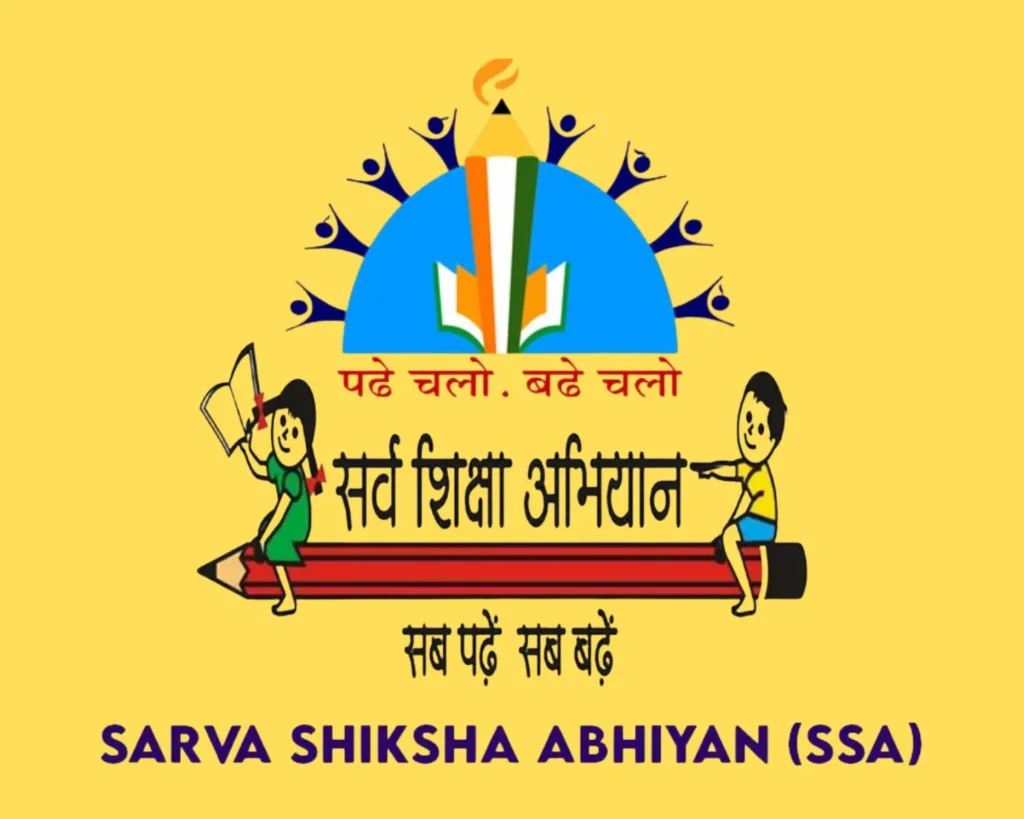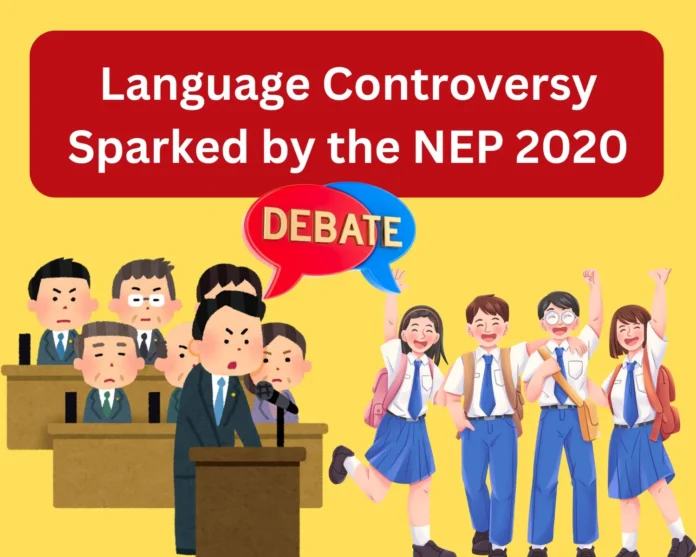Introduction
Language controversy sparked by the NEP 2020(National Education Policy) has raised concerns about India’s linguistic framework, particularly with regard to the three-language formula. While the policy seeks to promote multilingualism and national unity, several states argue that it places unnecessary pressure on non-Hindi-speaking regions. Tamil Nadu (TN) continues to be a strong critic, holding firm to its longstanding opposition to including Hindi in its education system
Linguistic policies in India have always been a sensitive subject due to the country’s vast linguistic diversity. With over 19,500 languages or dialects spoken across the nation, ensuring a balanced policy that accommodates regional preferences while fostering national integration remains a challenging endeavor. The ongoing debate surrounding NEP 2020 reflects deep-seated historical, cultural, and political concerns, making it a crucial topic for discussion.
Language Controversy Sparked by the National Education Policy: The Three-Language Formula
The three-language formula was first recommended by the Kothari Commission (1964-66) and officially adopted in the National Policy on Education (NPE) 1968. Over the years, it has been revised and reinforced:
- NPE 1968: Proposed a multilingual approach, advocating for the study of a modern Indian language, preferably a southern language, in Hindi-speaking states, and Hindi alongside regional languages in non-Hindi-speaking states.
- NPE 1986 & 1992 Revision: Stressed consensus on Hindi as a link language and urged states to implement the three-language formula more effectively.
- Post-1992 Developments: Successive governments have encouraged the adoption of the three-language formula, but states like Tamil Nadu have consistently resisted its implementation.
Despite these recommendations, implementation has been inconsistent, with certain states resisting the policy. Many non-Hindi-speaking states, particularly in southern and eastern India, have perceived it as a covert attempt at Hindi imposition.
NEP 2020: Flexibility or Imposition?
NEP 2020 maintains the three-language formula but introduces greater flexibility, ensuring no language is imposed. The policy explicitly states that language selection remains at the discretion of states and students, provided at least two of the three languages are Indian. This approach aims to uphold linguistic diversity while allowing states to retain autonomy.
However, critics argue that while NEP 2020 does not explicitly mandate Hindi, it subtly encourages its proliferation through centralized policies. The policy’s emphasis on national integration through language raises concerns about the implicit dominance of Hindi in official and academic spheres.
The Role of Mother Tongue in Education
NEP 2020 highlights the benefits of native language instruction, citing global studies that link mother-tongue education to improved comprehension and academic performance. UNESCO supports this view, stating in its report Education in a Multilingual World that instruction in a child’s first language is essential for literacy and foundational learning.
Studies have shown that children who learn in their mother tongue develop cognitive skills faster, leading to improved academic performance. Countries such as Finland and Japan, which emphasize native language instruction, consistently rank high in global education indices. India’s linguistic diversity presents a unique challenge in this regard, as finding qualified educators for every regional language can be difficult.
National Curriculum Framework (NCF) and Language Education

The NCF has consistently endorsed the three-language formula across its various versions:
- NCF 2000: Called for its implementation to promote multilingualism and national harmony.
- NCF 2005: Recognized India’s linguistic diversity as a resource for enriching education.
- NCF 2023: Reaffirmed the need for a multilingual education system aligned with constitutional provisions.
NCF also highlights the need for language learning to be interactive and immersive, rather than rote-based. Experts suggest that if implemented properly, multilingual education can enhance cognitive flexibility, social inclusion, and national integration.
Tamil Nadu’s Opposition to the Three-Language Formula
Tamil Nadu has historically resisted the inclusion of Hindi in its education system, citing concerns over linguistic imposition:
- 1937: The introduction of compulsory Hindi in schools led to protests, eventually causing the policy’s repeal in 1940.
- 1968: TN rejected the three-language formula, adopting a two-language policy (Tamil and English) under Chief Minister C.N. Annadurai.
- 1986 and Beyond: TN has consistently upheld its stance, maintaining that Hindi should not be a prerequisite for national integration or employment.
- Present Day: TN remains the only state that has not implemented the three-language formula, preferring English over other Indian languages, including Hindi.
Linguistic politics in Tamil Nadu are deeply tied to regional identity and Dravidian ideologies. Leaders from the state have often positioned the rejection of Hindi as a fight for cultural preservation and self-respect.
Funding Implications: The Samagra Shiksha Abhiyan (SSA)

The refusal to adopt key NEP provisions, particularly the three-language formula, has impacted TN’s access to central education funding. The Centre has withheld Rs 573 crore in assistance under the Samagra Shiksha Abhiyan (SSA), which requires compliance with NEP guidelines.
- SSA Overview: Launched in 2018 and strengthened under NEP 2020, SSA focuses on foundational literacy and experiential learning.
- Funding Distribution: General states receive 60% central funding, while Northeastern and Himalayan states get 90%. Union Territories without legislatures receive full funding from the Centre.
With education being a state subject under the Indian Constitution, TN leaders argue that funding restrictions based on language policies undermine federal principles. They insist that states should have complete autonomy in designing their linguistic curricula without financial coercion.
The Broader Political Implications
Beyond education, the language debate has far-reaching political ramifications. Language policies have often influenced electoral outcomes, particularly in states like Tamil Nadu, Karnataka, and West Bengal, where linguistic identity plays a crucial role in shaping voter sentiment.
Moreover, the ongoing resistance to Hindi imposition has fueled larger discussions about decentralization and federalism. Many regional parties argue that linguistic policies should not be dictated by the Centre but rather determined at the state level.
Conclusion
The NEP 2020 continues to balance multilingualism with state autonomy, but its implementation remains contentious. While the policy does not enforce Hindi, historical resistance from states like Tamil Nadu underscores the enduring complexities of India’s linguistic landscape.
The challenge ahead lies in fostering inclusivity while respecting regional linguistic preferences. Policymakers must ensure that language education policies are inclusive, adaptable, and reflective of India’s diverse linguistic heritage. Only through collaborative dialogue can India navigate this intricate linguistic terrain without alienating regional identities.


